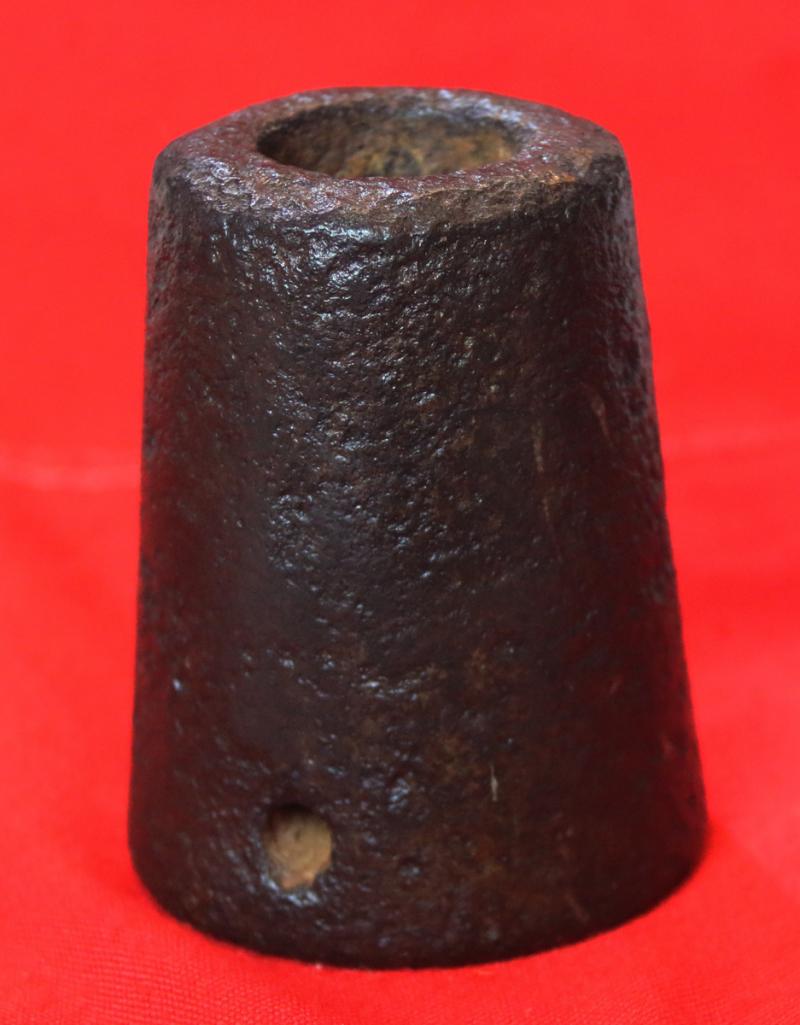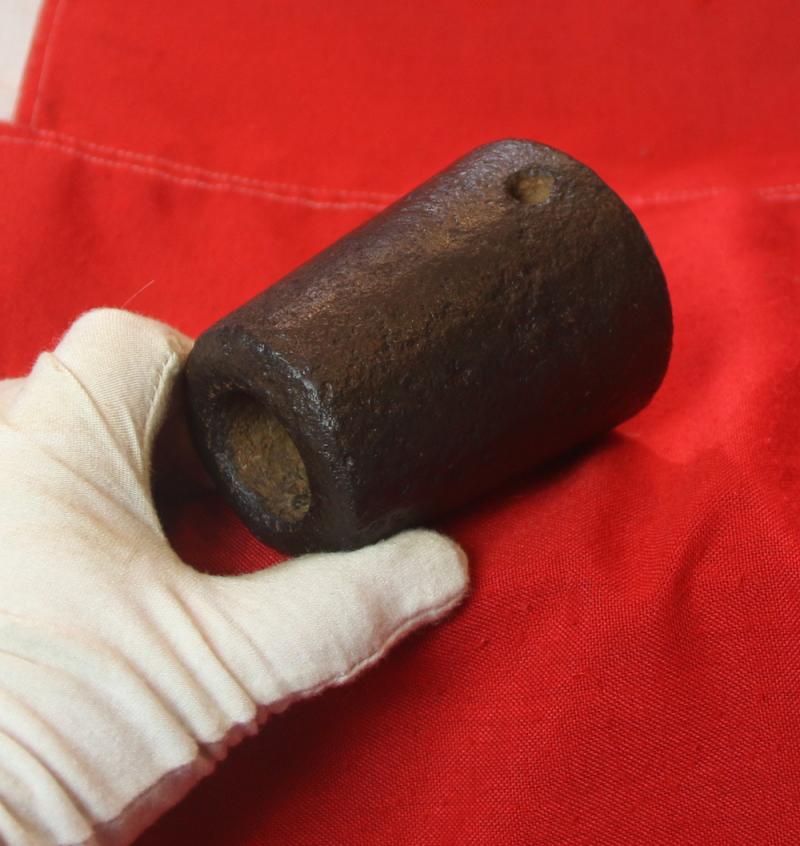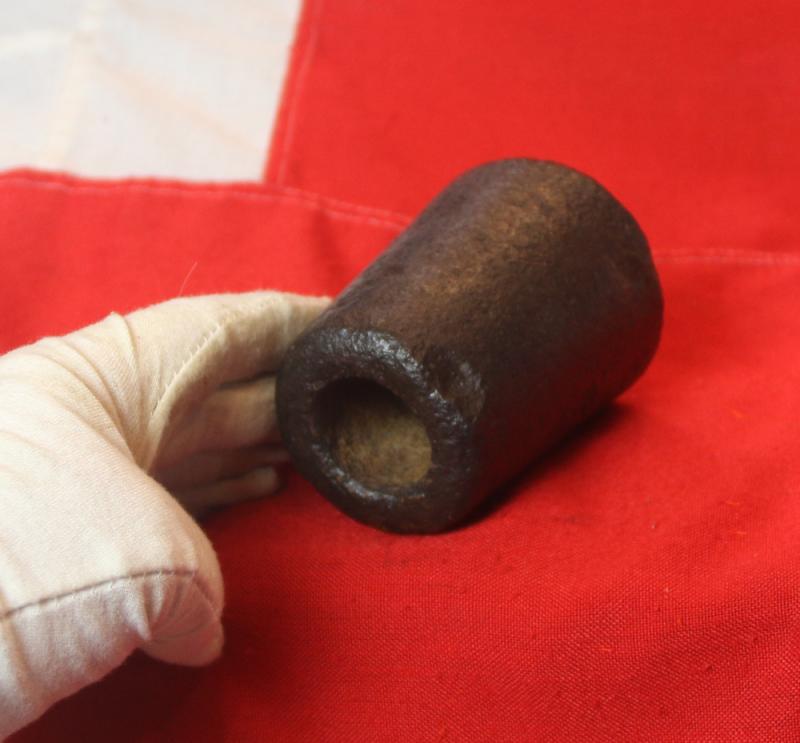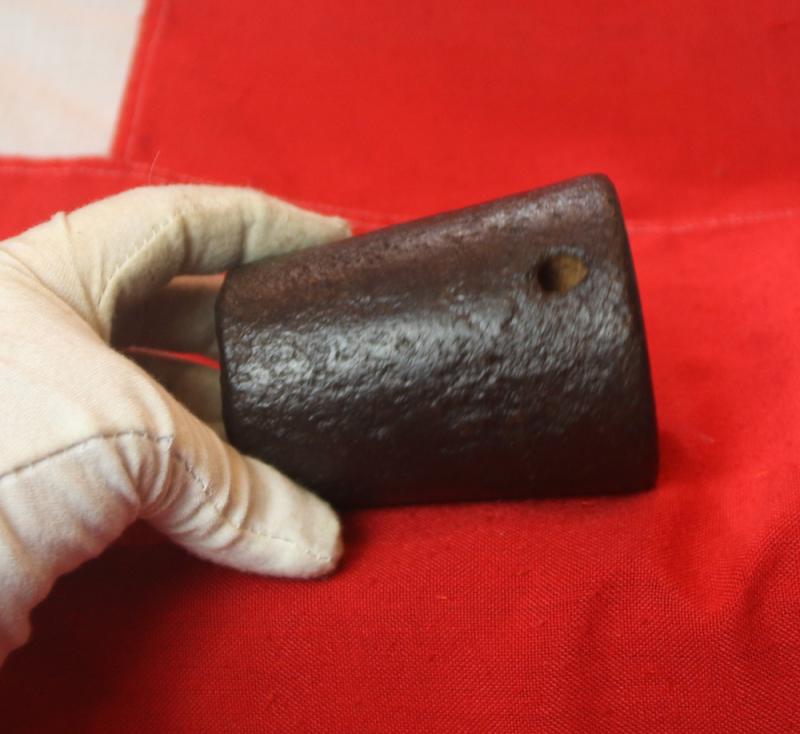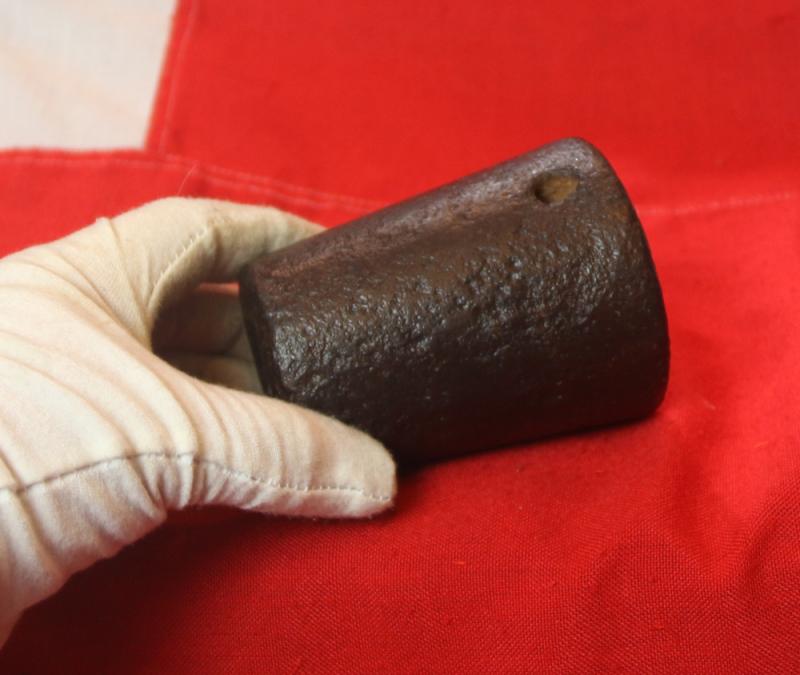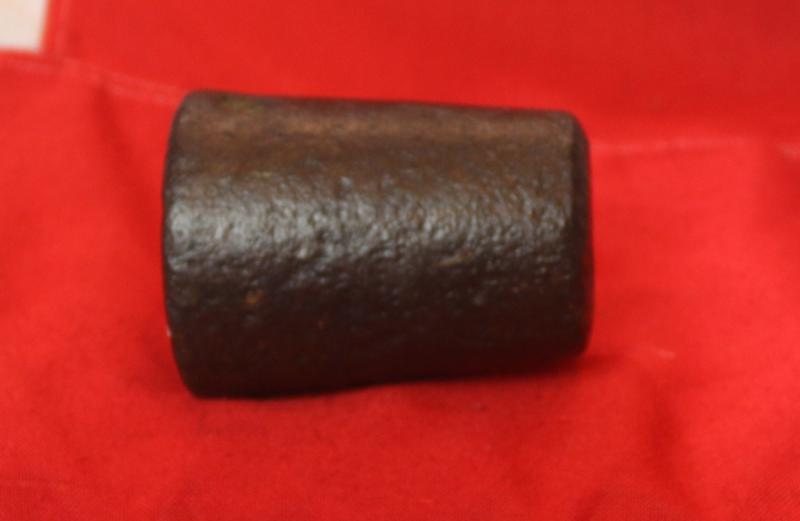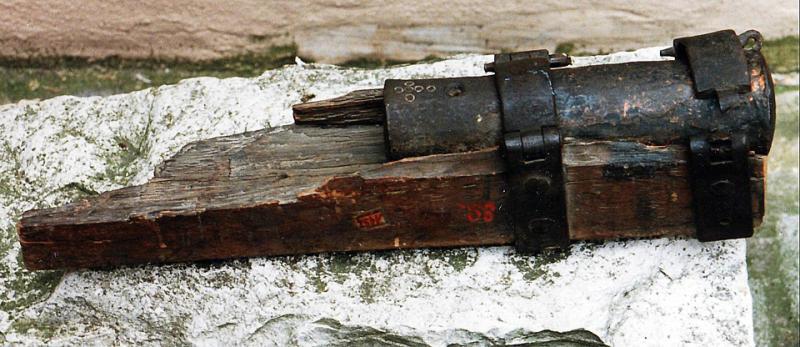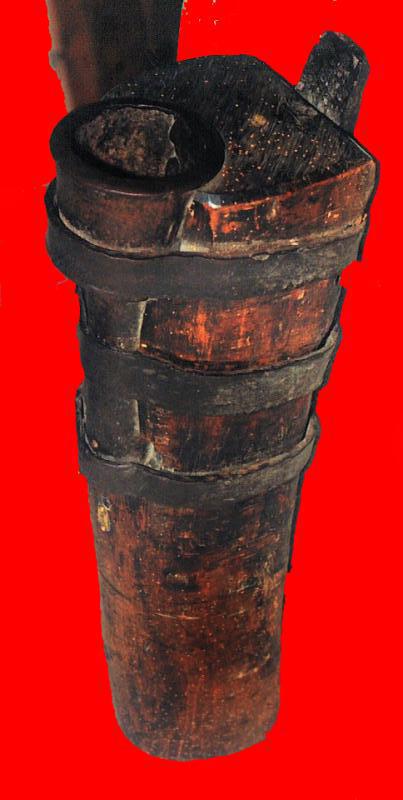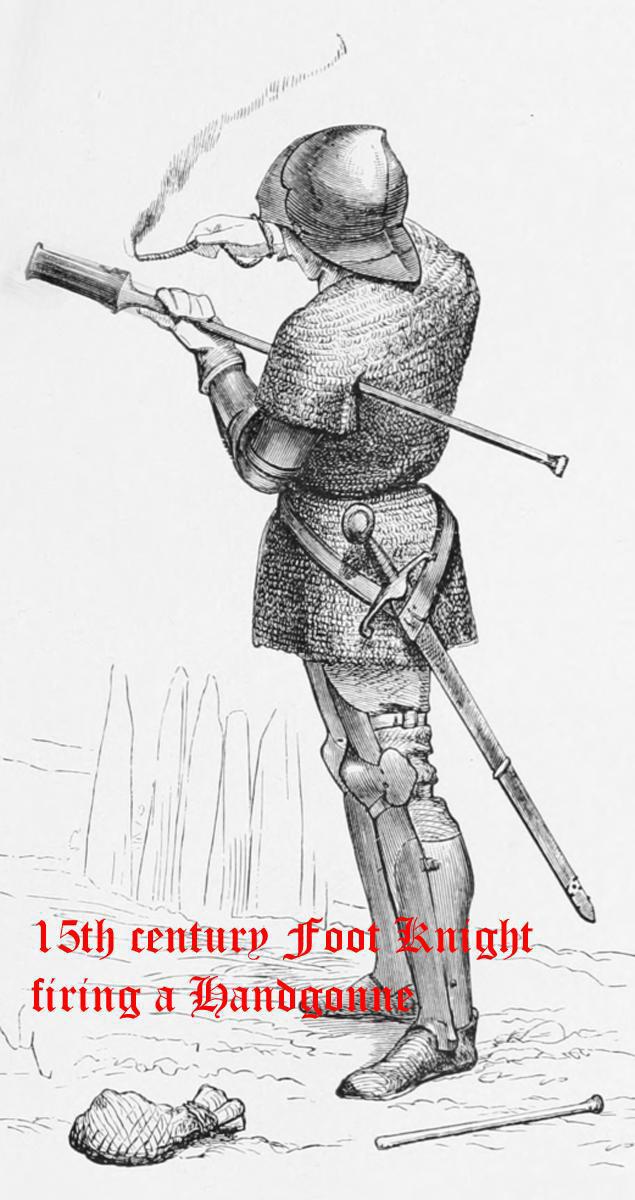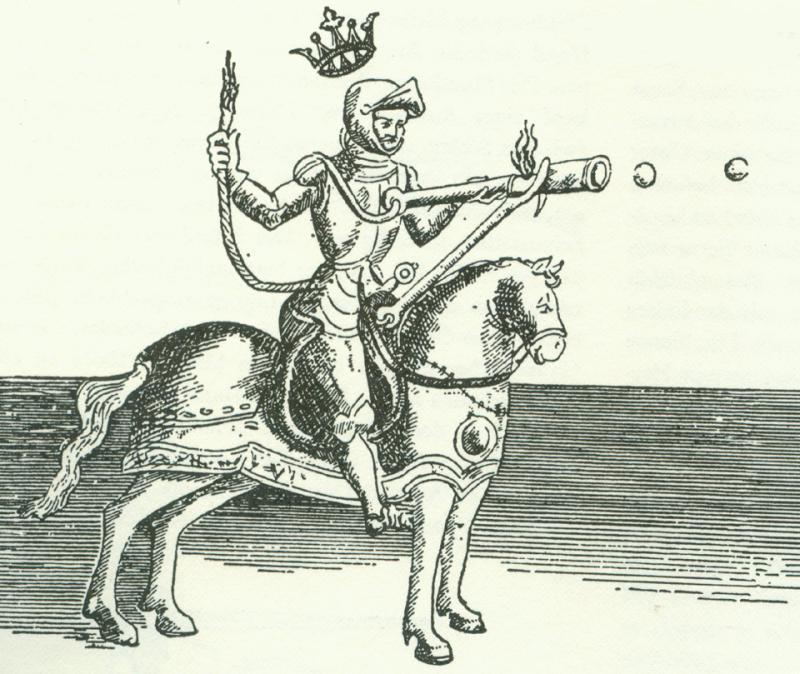A Most Rare Early, 14th Century, circa 1340, Medievil Iron Hand Cannon or 'Handgonne' Made in the Period, & Used From the Battle of Crecy and Poitier Era.
An absolutely beauty and an incredibly significant historical piece, effectively the handgonne, was the very first iron hand held powder and ball piece, that began the evolution into the pistol, almost 700 years ago, and around 500 years before Mr Colt developed his first revolver in the 1840's.
From a collection of original rare antiquities collection we acquired, and this is the third extraordinarily rare original handgonne from that collection. We normally find only one or two every ten years or so, or even longer, but to buy all three from the collection was amazing.
Not only an original artefact of the armoury of an armoured foot or mounted knight from the time of the wars with France, it makes an incredible decorative piece of curiosa, a conversation piece of extraordinary rarity and a fabulous embellishment for a desk or similar suitable location.
The earliest design of conical form. Small enough and light enough to be manoeuvred by hand and thus then loosely fixed, or semi-permanently fixed, in either an L shaped wooden block and used like a mortar, or, onto a length of sturdy wooden haft, from three feet to five foot long to be used almost musket like and bound with wrought iron bands see illustration in the photo gallery of these medievil variations of mounting. The precursor to the modern day pistol and musket from which this form of ancient so called handgonne developed into over the centuries. It is thought that gunpowder was invented in China and found its way to Europe in the 13th Century. In the mid to late 13th Century gunpowder began to be used in cannons and handguns, and by the mid 14th Century they were in relatively frequent use for castle sieges. By the end of the 14th Century both gunpowder, guns and cannon had greatly evolved and were an essential part of fortifications which were being modified to change arrow slits for gun loops. Hand cannon' date of origin ranges around 1350. Hand cannon were inexpensive to manufacture, but not accurate to fire. Nevertheless, they were employed for their shock value. In 1492 Columbus carried one on his discovery exploration to the Americas. Conquistadors Hernando Cortez and Francisco Pizzaro also used them, in 1519 and 1533, during their respective conquests and colonization of Mexico and Peru. Not primary arms of war, hand cannon were adequate tools of protection for fighting men.. Approx, 4 inches long 1 1/2 inch bore, and weighs around 5.1 lbs
See Funcken, L. & Funcken F., Le costume, l'armure et les armes au temps de la chevalerie, de huitieme au quinzieme siecle, Tournai,1977, pp.66-69, for reconstruction of how such hand cannons were used.
At the beginning of the 14th century, among the infantry troops of the Western Middle Ages, developed the use of manual cannons (such as the Italian schioppetti, spingarde, and the German Fusstbusse).
As with all our items it comes complete with our certificate of authenticity
Code: 24887
2195.00 GBP

